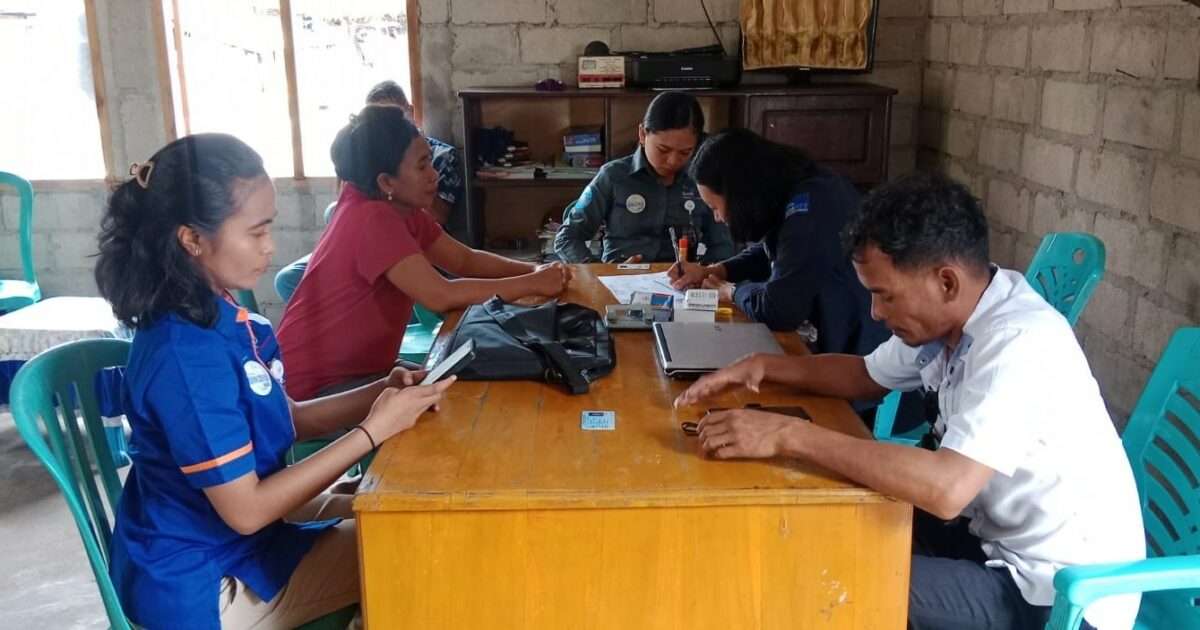Since 2019, the ATSEA-2 Project has been focusing on coastal and inland communities in Rote Ndao District, with a particular emphasis on four target villages: Daiama Village in Landu Leko Sub-district, Oeseli Village in Southwest Rote Sub-district, Bo’a Village in West Rote Sub-district and Landu Tii Village in Southwest Rote Sub-district. The program’s activities aim to build the capacity and resilience of local communities and vulnerable groups in facing the impacts of climate change.
Among the four villages supported by the ATSEA-2 Project, Landu Tii Village is located on a separate island, far removed from facilities and infrastructure – all necessities must be brought from the main island of Rote via a 10-15 minute boat ride. However, with project assistance, the community has begun to benefit from group capacity building and improved access to financing through partnerships established with the village government and financial institutions.
According to Mama Jermi Haning, who is the Ina Landu community group leader, the ATSEA-2 Project has provided a bridge between members of the Landu Tii Village community and outside organisations such as Bank NTT, thereby facilitating access to banking services. Mama Jermi has also been encouraging other group members to utilise these services, to provide the stimulus for household business products such as seaweed sticks and dried fish packaging.

Support from the ATSEA-2 Project has enabled the community to obtain interest-free loans and, through links to local development banks (Bank Pembangunan Daerah/ BPD), facilitated centralised interbank transactions in the village. Additionally, the community can engage in direct dialogue and consultation to obtain information about procedures for education and retirement savings accounts.
Iskandar Mesah is the Village Head in Landu. He recognises this support as being an essential catalyst for the growth of local businesses. “Thanks to the collaboration between ATSEA-2, we’ve found it much easier to register with NTT bank.” With financing secured, these groups are free to focus on their work. As Iskandar puts it, “they just have to do it.”
Developments on Landu Island provide a valuable lesson in relation to the benefits of partnerships; they have the capacity to enhance quality and improve sustainability, while also providing a range of social benefits and development opportunities for partnering institutions. Furthermore, partnerships offer learning opportunities for others to understand the working patterns and systems between partner institutions, promoting beneficial outcomes for coastal communities in general and vulnerable groups in particular.
By facilitating effective multi-stakeholder partnership models, the ATSEA-2 Project is helping to open doors for communities in remote corners of the ATS region, while also creating opportunities for individuals within those communities who are traditionally marginalised. Via the implementation of these collaborative networks, the importance of gender equality within families and communities can be emphasised and realised. From funding and development to gender roles and climate change resilience, collaboration is the key to success.
By Mikael Leuape and Chris Alexander


